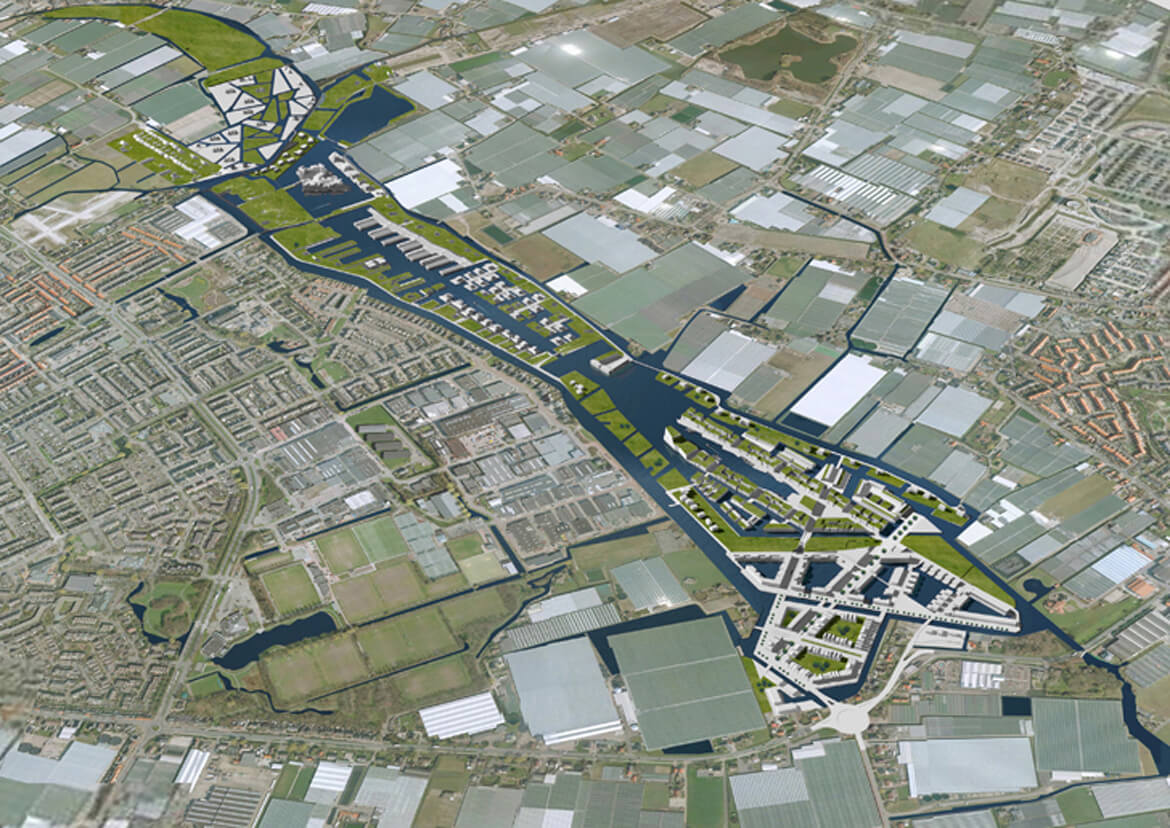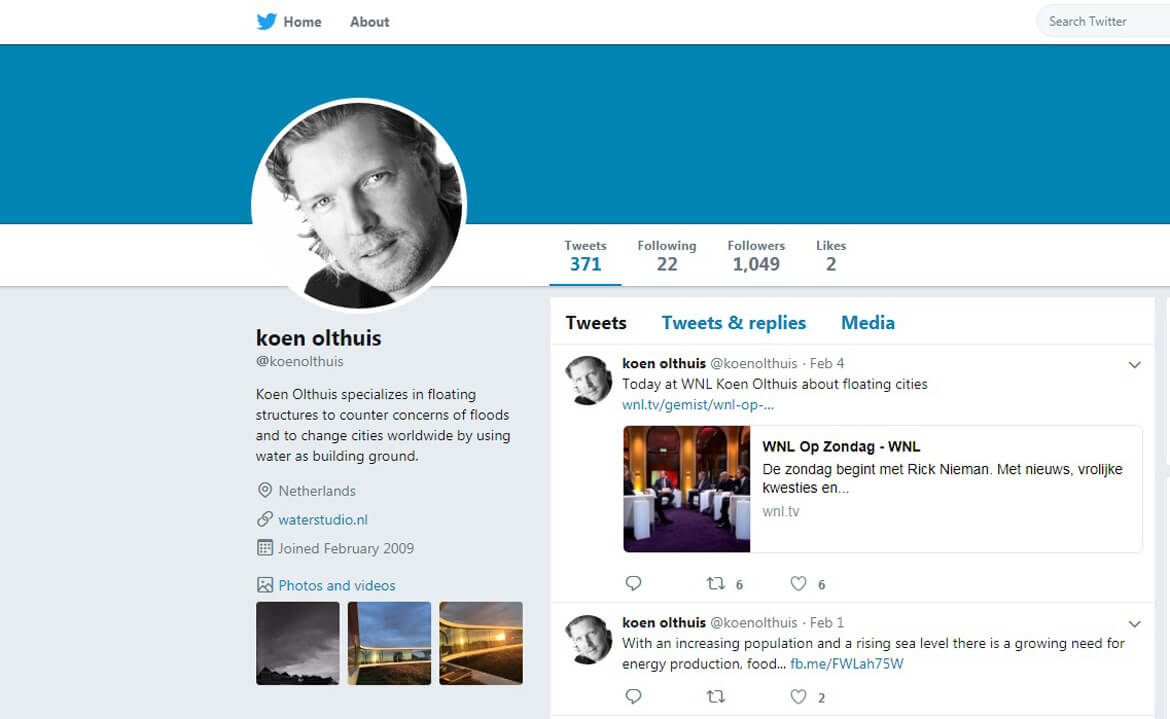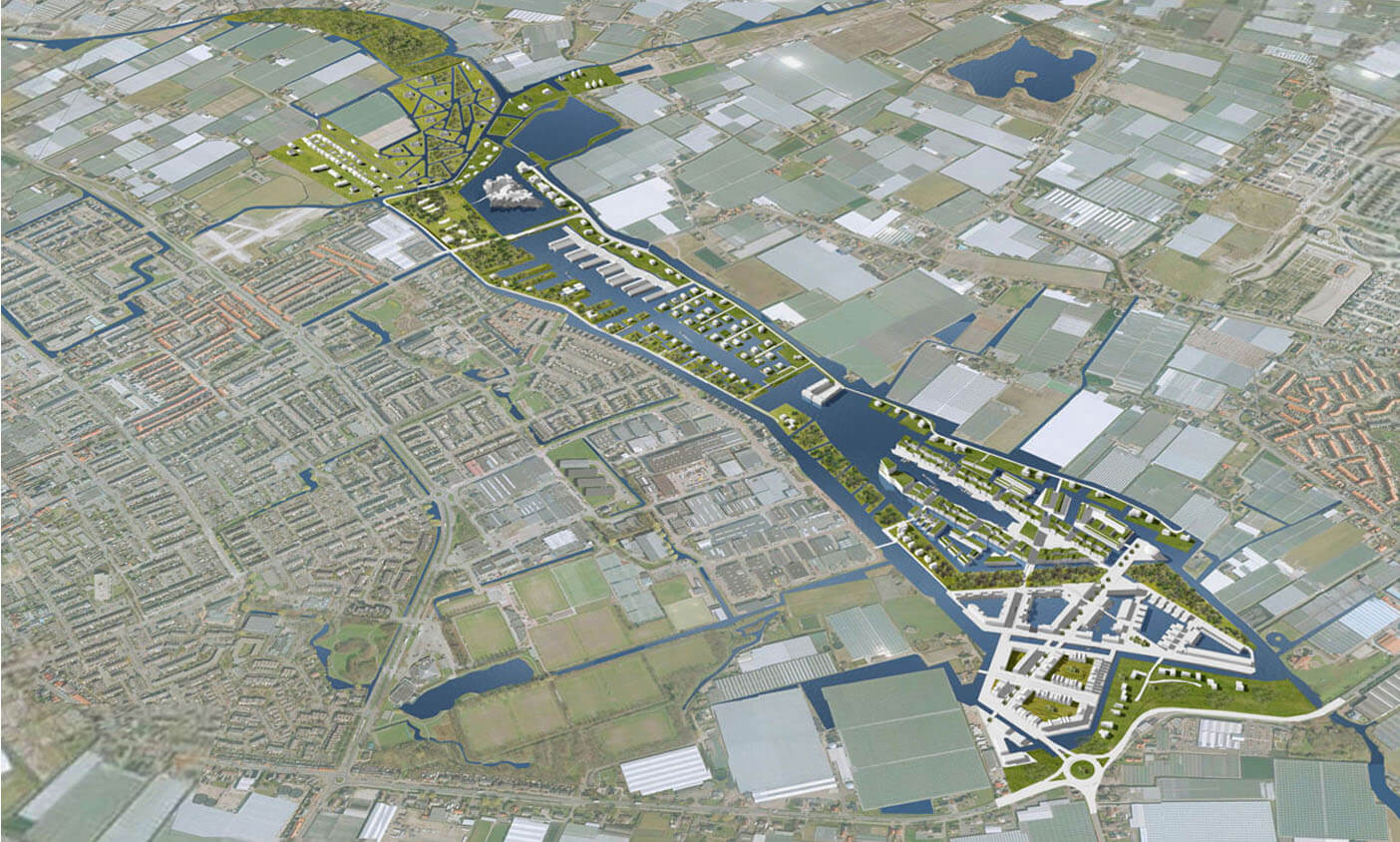Floating Future
DA AI TV, Taiwanese television
Waterstudio on Taiwanese Television at DA AI TV
Most influential people of the year
TIME Magazine
TIME asked who you thought should be on the list of the 100 most influential people of the year. Koen Olthuis was chosen thanks to his worldwide interest in water developments.
Wie Wat Waar Web… Architect!
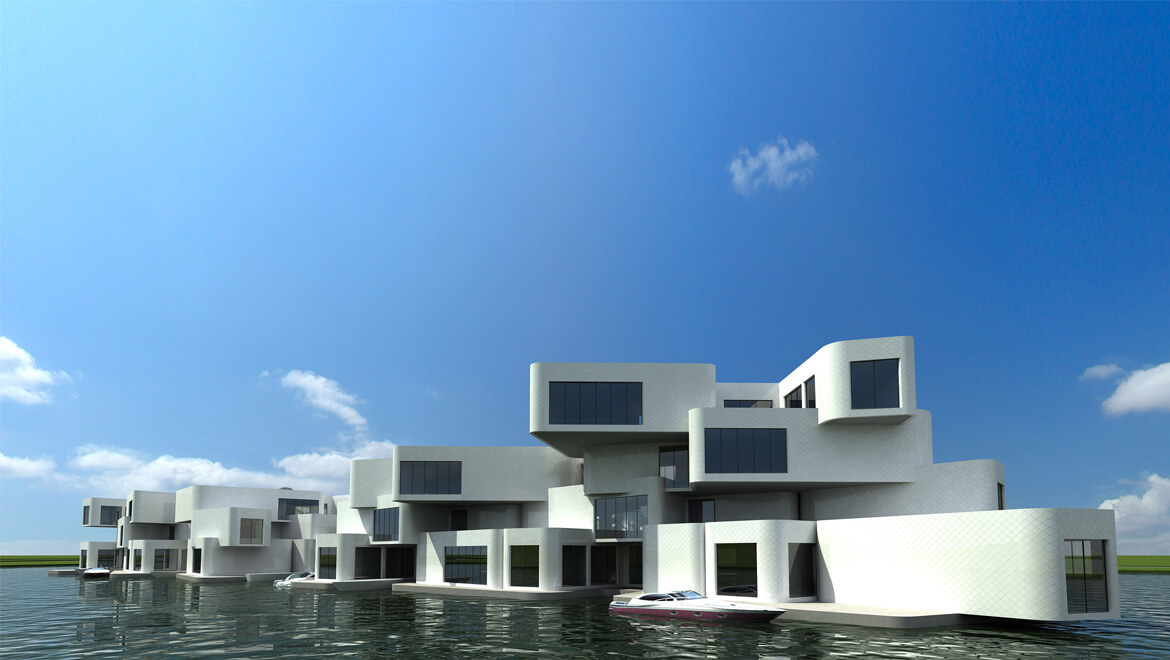
Constructie CONTOUR zomer 2009
In het Westland, midden in de driehoek Rotterdam, Hoek van Holland en Den Haag wordt gewerkt aan een nieuwe innovatieve woonbeleving. Tussen Naaldwijk en ‘s-Gravenzande ontstaat de eerste woonomgeving in ontpolderd gebied: ‘Het Nieuwe Water’. Door te stoppen met droogpompen van de polder ontstaat een gebied van 80 hectare water. Dit gebied zal er in de toekomst voor zorgen dat er bij hevige regenval genoeg ruimte is om overtollig water te bergen. In ‘Het Nieuwe Water’ worden ruim 1.200 woningen gerealiseerd, waarvan 600 drijvend. Het eerste project in dit gebied is de Citadel.
VORMENTAAL
Bij het ontwerp van de Citadel ligt het ambitieniveau hoog. Bij drijvend wonen denkt men vaak aan bruin houten woonarken. Met het ontwerp van de Citadel willen wordt duidelijk dat er veel meer mogelijk is. De Citadel kenmerkt zich door haar vloeiende vormentaal, moderne materialisering en imposante verschijningsvorm. Voor de opbouw van het gebouw is gekozen voor een bijzonder, architectonisch element. Door het element op unieke wijze te stapelen en te schakelen, ontstaat een ogenschijnlijk willekeurige structuur, met een duidelijke samenhang en identiteit. De keuze voor deze methode heeft tevens tot gevolg dat woningen de beschikking hebben over grote terrassen en daktuinen.
MET DE BOOT
Noemenswaardig is vooral de architectonische beleving op de route van de parkeergarage tot in je eigen
woning. Middels een lift die je tot in je eigen woning brengt, betreed je de ruime woning. Een tweede manier om het gebouw te betreden is met de boot. Je vaart met je boot naar je eigen woning en legt aan. De hogergelegen woningen hebben een collectieve haven.
ENERGIE
Naast toepassingen van duurzame materialen met lange levensduur, worden voor Het Nieuwe Water samenwerkingen aangegaan met de glastuinbouwers in de omgeving. Resultaat hiervan is dat de Citadel energie kan gebruiken die direct door de eigen omgeving wordt opgewekt.
New Water in Cobouw
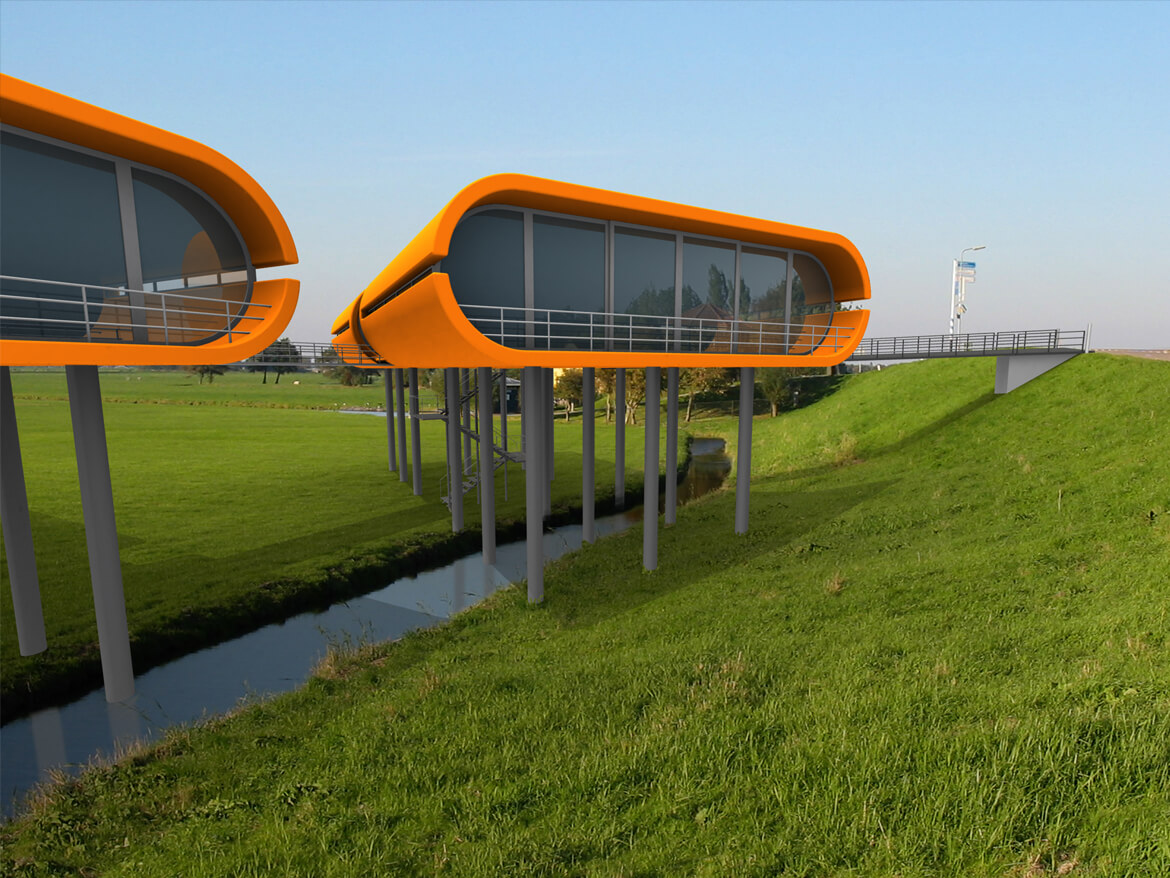

An article in Cobouw about the Citadel and the New Water in Naaldwijk
Waterwonen in Poelpolder zonder kopje onder te gaan
Written by Cobouw, Edo Beerda
Europe’s First Floating Apartment is First Step to Real Floating Cities?
By Kit Eaton
Fast Company
June.16.2009
PhotoCredit:Waterstudio
Dutch architect Koen Olthuis has plans to build Europe’s first floating apartment building in 2010. But it’s just the first step towards whole floating cities, like the concepts we’ve shown before.
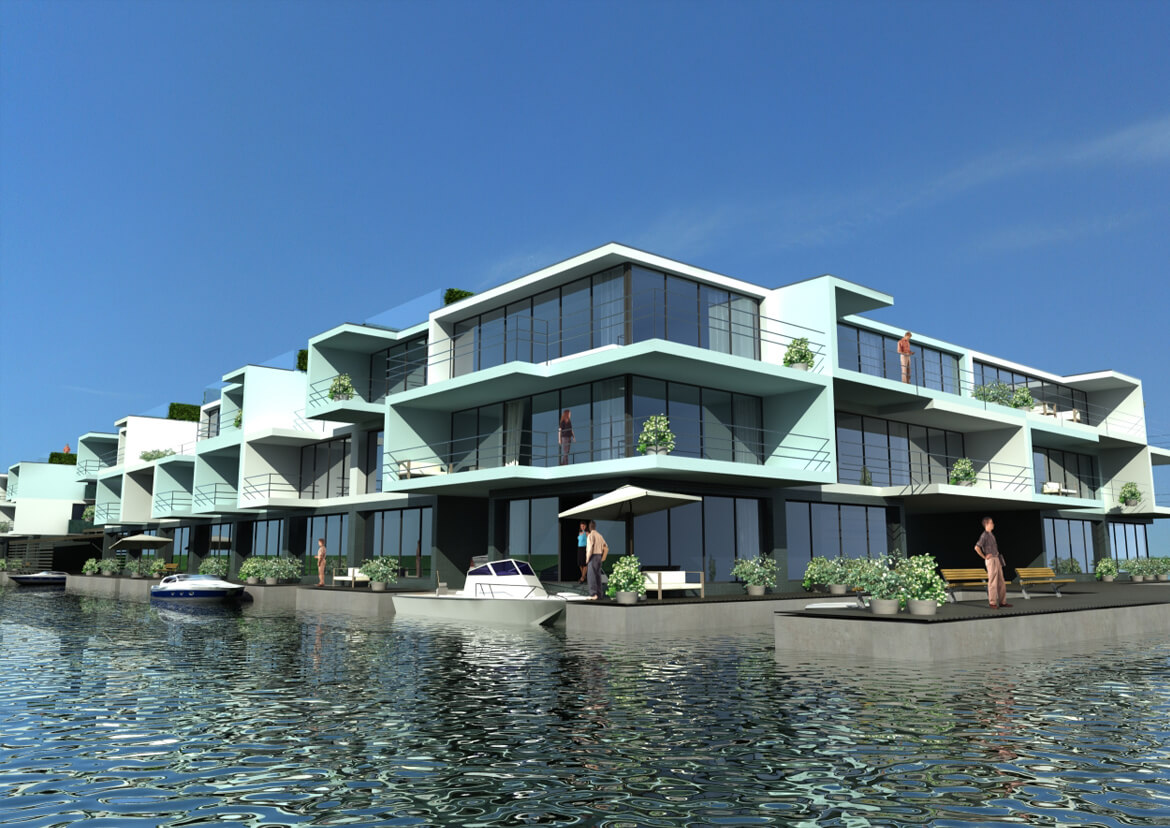
Construction on The Citadel is scheduled to begin in 2010, and it’s a full 60-meter by 140 meter four story-high edifice. And if you don’t think that making a whole apartment block float is impressive enough, then Olthuis is also working on designing floating roads and parks–the infrastructure of a full floating city. According to Olthuis, this may even be the most sustainable way to build for the future.
Why does he suggest that? Because when a building’s lifespan is up after fifty years, you simply tow it away for disposal and leave no scar on the landscape–because there is no landscape. It’s an odd point, because there will be infrastructure beneath the floating buildings (a darn good anchor, at the least) that will remain, and which will need renewal. Perhaps if you measure the fuel emissions of the vehicles needed to knock down a conventional house and cart away the debris, versus the tug needed to haul a floating house to a disposal yard, then that’s where the benefit lies?
The eco point is a bit far-fetched, but it’s hard to argue with some of the benefits of a floating city, complete with floating roads. For one, you’d have a great heat sink very nearby–the ocean–which would be an excellent benefit to building cooling systems. And if you encountered recurring gnarly traffic, or there was an infrastructure issue or pressing building planning problem, then repositioning floating buildings and roads would be much easier than restructuring a traditional city block.
But really, when you get right down to it, there’s just one big benefit. As global warming pushes the sea levels up, and global population continues to rise, building on the ocean is going to look like an extremely sensible option.
Floating cities drift from future
Reuters, Rob Muir
Floating cities drift in from future
(02:06) Report
Jun 15 – The low-lying Netherlands has become a laboratory for innovative architectural designs aimed at utilizing the one thing they have in abundance – water.
Rob Muir reports.
Update: New Water, Naaldwijk
The New Water in Naaldwijk has been updated, check it out in the projects section.
